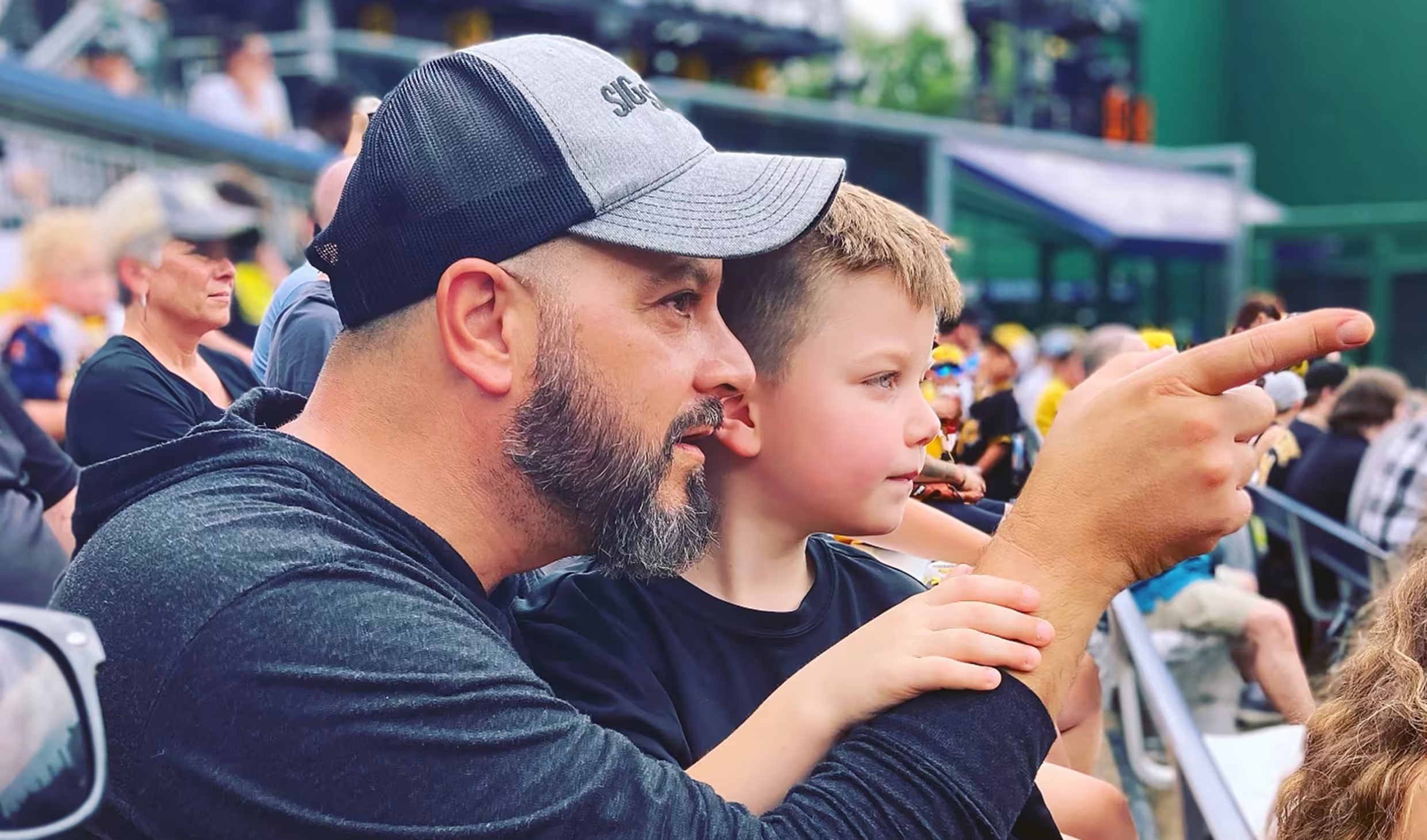Recently developed technology is making physical therapy more efficient by tracking sports injuries in real time and providing hard data to help develop better recovery plans.
Andy Bird is recovering from ACL surgery in his left leg.
“Today we found out actually that his good leg is the one that needs more work,” physical therapist Sameer Mehta said.
Sensors strapped to Bird's shins give Mehta real time data at the Outpatient Physical Therapy Center at MedStar Georgetown University Hospital.
“Sometimes you can't see that with your eye nor can you see speed and the metrics,” Mehta said. “With the technology, it's reducing the subjectivity in this process … This gives us a lot more real data.”
The sensors have technology similar to an iPhone and provide numbers for the body's twists, turns, symmetry, speed and g-force. Once they're applied and the patient starts therapy, the sensors talk to a radio frequency device on Mehta's computer.
“And then that gets pulled in to the software and boom, I get real time data, so then I get everything happening as it's happening,” Mehta said.
Health
Seeing a patient for lower back pain, Mehta attached the sensors and she ran on the treadmill.
“So in this case, when she was running and jogging at a slower speed, she was almost an 8 percent difference, left leg vs. her right,” Mehta said. “She's had back pain, she's had pain down her right leg. So we could see that with our naked eye, but now we have data to really support that.”
The technology, called dorsaVi, was developed in Australia a few years ago. It is now used in some physical therapy clinics for collegiate and professional sports teams.
Mehta brought it to MedStar last year and said it has helped patients get better faster.
“I'm figuring out things faster than I would have before because I have real time data to do it and I can administer it earlier on in the rehabilitation process so it can derive change,” Mehta said.



